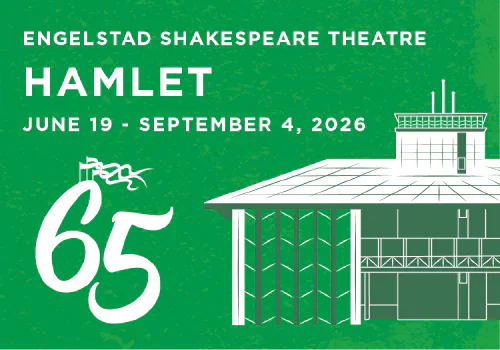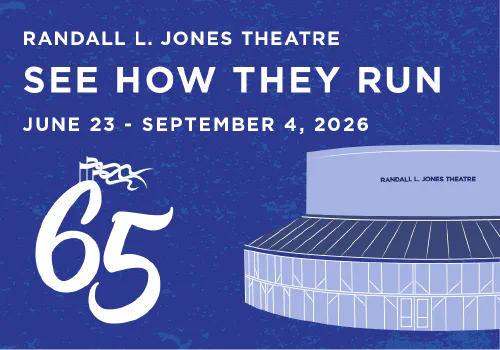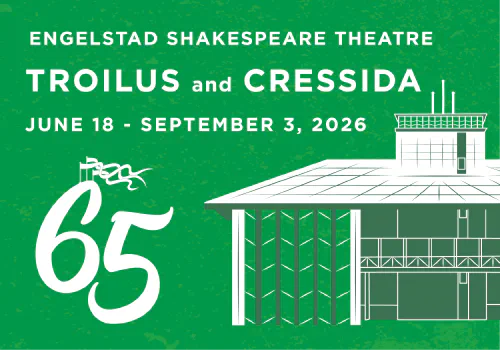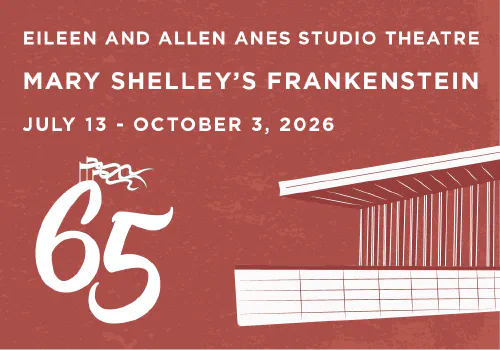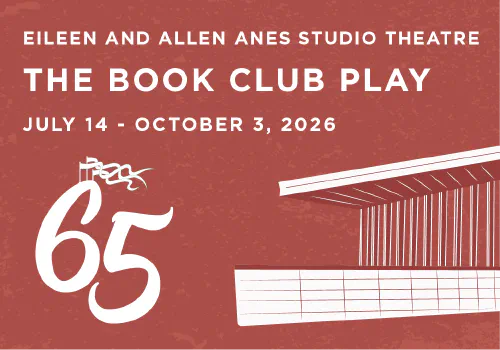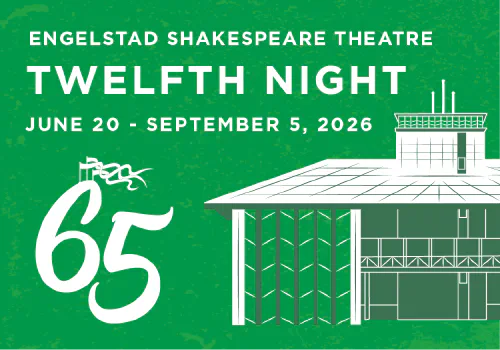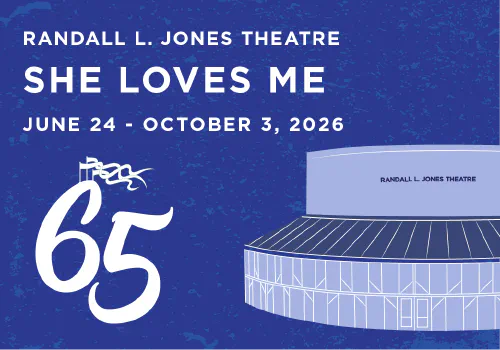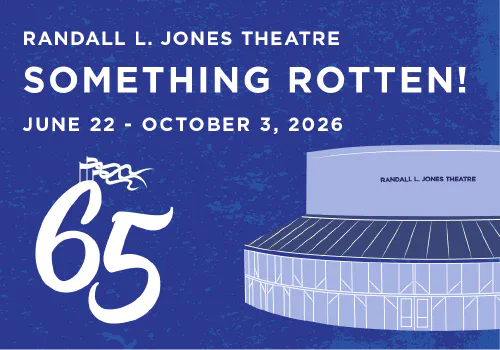By Daniel Frezza
After the first performance of Arms and the Man, the vigorous applause quieted as the author stepped forward to speak. Suddenly a man booed. “My dear fellow,” Shaw replied, “I quite agree with you but what are we two against so many?” The poet and playwright W. B. Yeats, who was present that night of April 21,1894, later wrote: “From that moment Bernard Shaw became the most formidable man in modern letters, and even the most drunken of medical students knew it” (The Autobiography of William Butler Yeats [New York, Collier, 1965], 187). Yeats correctly understood Shaw’s importance but he overestimated the play-going public. When Shaw read his newest play, Candida, to actor-manager Charles Wyndham early in 1895, the latter said the public wouldn’t be ready for it for twenty-five years (St. John Ervine, Bernard Shaw: His Life, Works and Friends [New York, William Morrow 1956], 339). Wyndham’s opinion reflected that of the majority of producers and playgoers of the day. Shaw’s plays (five to date) were of a type new to English theatre. As he put it: “Every subject struck my mind at an angle that produced reflections new to my audience” (G. B. Shaw, Sixteen Self Sketches [London, Constable, 1949], 57). It turned out Wyndham was too pessimistic; Candida was produced successfully in London in 1904 (Ervine, 342).
We think of Shaw mainly as a playwright, but early on he pursued many other ways of satisfying a strong need to express his opinions and ideas. After his basic schooling, he educated himself by a habit of voracious reading; attending galleries, concerts and plays; and by and associating with people who knew about topics that interested him: politics, economics, socialism, art, music, opera, theater—to name a few. Throughout his long life (1856–1950) he was a prodigious letter writer. In his twenties, with considerable effort, he transformed himself into an accomplished public speaker so that he could help promote social and cultural change. By 1889, at age thirty-three, and thirteen years after leaving his native Dublin, Shaw had gained considerable celebrity in the political, intellectual, and cultural world of London. He had published two novels and written three more. He wrote hundreds of contributions to periodicals in the form of book reviews and art, music, and theatre criticism. He was in demand as a lecturer (A. M. Gibbs, Bernard Shaw: A Life [Gainesville, University Press of Florida, 2005], 137). He had even tried writing a play in collaboration with his friend and fellow drama critic, William Archer. Shaw felt he had a talent for writing dialogue but not for plot construction; Archer felt he was good at plots and provided Shaw with one. After writing two acts Shaw had used up all of Archer’s plot and asked for more. Archer replied that his plot was an organic whole and he couldn’t add to it. There the matter rested (Charles Archer, William Archer: Life, Work and Friendships [New Haven , Yale University Press, 1931], 136).
Around 1887, through Archer, Shaw became acquainted with, then deeply influenced by, the plays of Henrik Ibsen. The Norwegian playwright’s work was a focal point of heated debate about the social role of the theatre and the moral and religious foundations of society itself. Ibsen spoke to Shaw’s reforming instincts. In 1891 Shaw published the first book on Ibsen in English,The Quintessence of Ibsenism. He saw in Ibsen “the possibility of a type of drama that engaged seriously and imaginatively with moral and philosophical issues in ways that presented a sharp contrast to the great majority of the theatrical entertainments that made up the staple diet of the late-nineteenth-century theater” (Gibbs, 153). Archer, a translator of Ibsen, met the Norwegian author in 1887 and observed: “He is essentially a kindred spirit with Shaw—a paradoxist, a sort of Devil’s advocate, who goes about picking holes in every ‘well-known fact’” (Archer, 156).
Then as now, in London’s West End as on Broadway, it was difficult to have plays produced if they were unusual or dealt with serious subjects. However, there was enough interest in such work to induce a few people to form small companies performing in parts of London equivalent to New York’s off-Broadway. One was J. T. Grein’s Independent Theatre, which opened in 1891 with Ibsen’s Ghosts (in Archer’s translation). Grein’s venture was successful beyond expectation. Walking with Shaw one autumn evening in 1892, Grein complained of the lack of new British playwrights for his theatre. Shaw replied that he was a new British playwright and that he had a play ready; Grein accepted it on the spot. That summer, after several unsuccessful earlier attempts, Shaw had at last completed the comedy begun with Archer in 1884. He completely refashioned it into an anti-romantic comedy about marriage, money, social position, and coming to terms with being a slum landlord. Widower’s Houses, Shaw’s first play, opened on December 9, 1892 for only two performances. The hope that it might be taken up by some commercial manager for public production went unfulfilled. Once started, Shaw never stopped writing plays. The next performance of any of them was the 1894 Arms and the Man—in the West End this time. Even so,it took about ten years more before Shaw was a solidly established playwright.
America was discovering Shaw in this period and helping to advance his career. Richard Mansfield starred in Arms and the Man in New York just months after its London premiere. In 1897 he premiered The Devil’s Disciple. He toured both plays for many years and the royalties significantly boosted Shaw’s income (Archibald Henderson, Bernard Shaw Playboy and Prophet [New York, D. Appleton, 1932], 363-5). Anna Morgan directed an amateur production of Candida in Chicago in 1899. Archer saw a performance and wrote approvingly to Shaw who gave Morgan permission to produce any of his plays, and in 1901 she did Caesar and Cleopatra (Henderson, 397–8). Arnold Daly’s 1903 production of Candida ran for over 150 performances. He then toured it, revived it in the 1904–05 season, and toured it again. Later that fall Daly authorized two other touring companies. At the close of the 1904–05 season, Candida had been seen in many of the principal cities of the U.S. (Henderson, 407–410). Daly had a successful five-month run of You Never Can Tell early in 1905, then in October had a succès de scandale with Mrs. Warren’s Profession, whichwas closed for indecency during its New Haven tryout. The mayor of New York threatened to arrest Daly if he opened the play there. Daly courageously did so, and he and his company were duly arrested (Ervine, 347–8).
Instrumental in turning the tide of Shaw’s fame in England was the remarkable enterprise of John E. Vedrenne and Harley Granville-Barker who took over management of the Royal Court Theater, London in fall 1904. That first season they produced a range of classical and contemporary plays, including five by Shaw (Candida among them). John Bull’s Other Island was so popular that King Edward VII commanded a special performance. It was reported that he laughed so hard he broke his chair (Ervine, 346). In May 1905 The London Stage Society produced Shaw’s first masterpiece, Man and Superman, which later entered the Court repertoire (Henderson, 432). When the Vedrenne-Barker partnership ended after two-and-a-half years, the Court Theatre had given 988 performances, 701 of them were of eleven plays by Shaw (Ervine, 347). By 1907, in his fifty-first year, Shaw had established himself first and foremost as a playwright.



